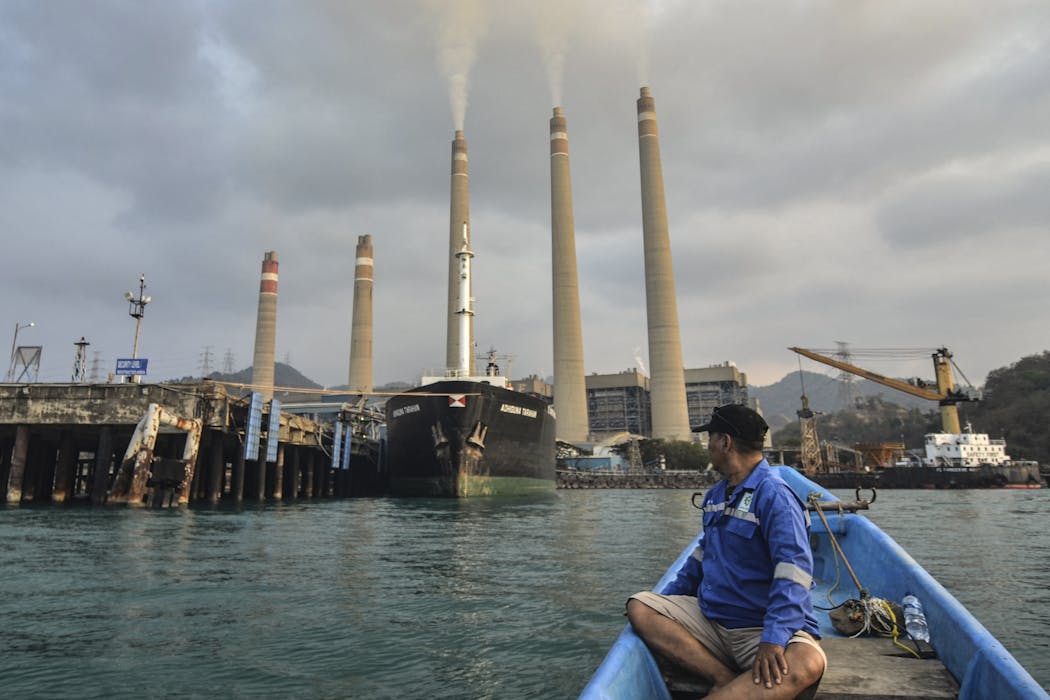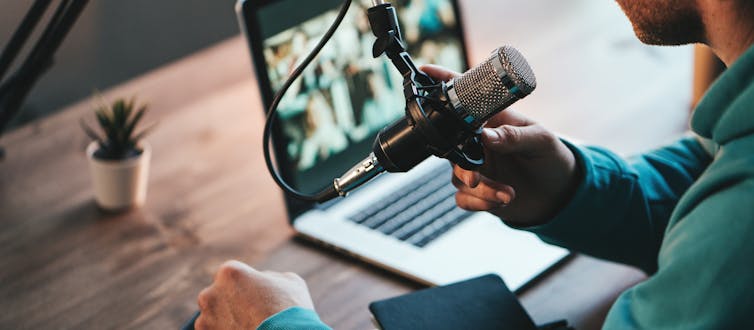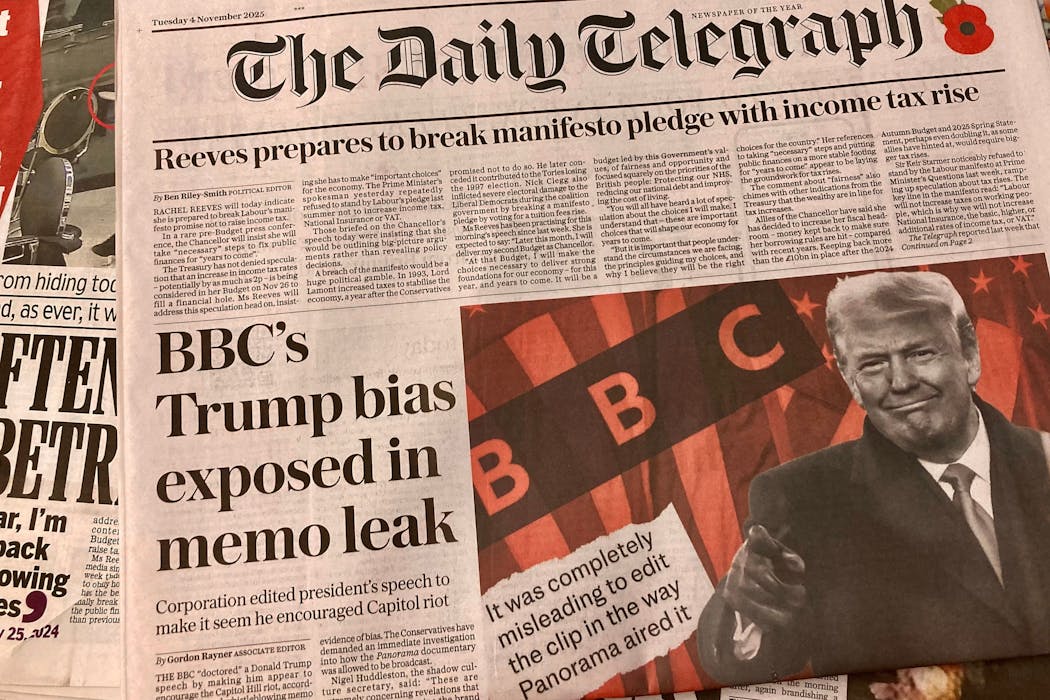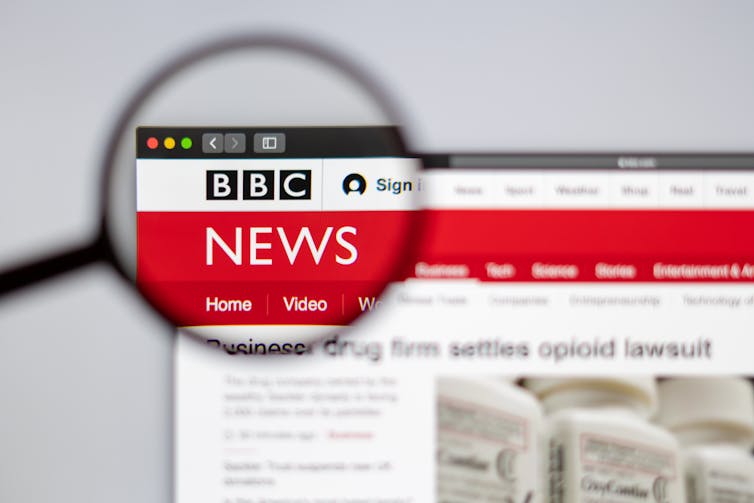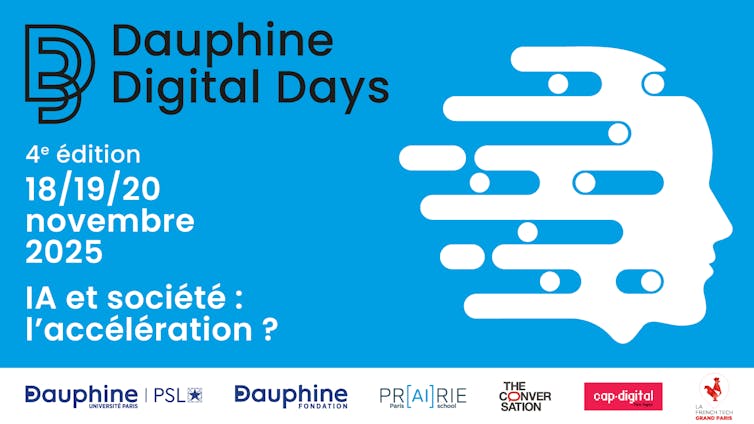Source: The Conversation – USA (2) – By Christos Makridis, Associate Research Professor of Information Systems, Arizona State University; Institute for Humane Studies

Do your office, inbox and calendar feel like a ghost town on Friday afternoons? You’re not alone.
I’m a labor economist who studies how technology and organizational change affect productivity and well-being. In a study published in an August 2025 working paper, I found that the way people allocate their time to work has changed profoundly since the COVID-19 pandemic began.
For example, among professionals in occupations that can be done remotely, 35% to 40% worked remotely on Thursdays and Fridays in 2024, compared with only 15% in 2019. On Mondays, Tuesdays and Wednesdays, nearly 30% worked remotely, versus 10% to 15% five years earlier.
And white-collar employees have also become more likely to log off from work early on Fridays. They’re starting the weekend sooner than before the pandemic, whether while working at an office or remotely as the workweek comes to a close. Why is that happening? I suspect that remote work has diluted the barrier between the workweek and the weekend – especially when employees aren’t working at the office.
The changing rhythm of work
The American Time Use Survey, which the U.S. Labor Department’s Bureau of Labor Statistics conducts annually, asks thousands of Americans to recount how they spent the previous day, minute by minute. It tracks how long they spend working, commuting, doing housework and caregiving.
Because these diaries cover both weekdays and weekends, and include information about whether respondents could work remotely, this survey offers the most detailed picture available of how the rhythms of work and life are changing. This data also allows me to see where people conduct each activity, making it possible to estimate the share of time American professionals spend working from home.
When I examined how the typical workday changed between 2019 and 2024, I saw dramatic shifts in where, when and how people worked throughout that period.
Millions of professionals who had never worked remotely suddenly did so full time at the height of the pandemic. Hybrid arrangements have since become common; many employees spend two or three days a week at home and the rest in the office.
I found another change: From 2019 to 2024, the average number of minutes worked on Fridays fell by about 90 minutes in jobs that can be done from home. That change accounts for other factors, such as a professional’s age, education and occupation.
The decline for employees with jobs that are harder to do remotely was much smaller.
Even if you just look at the raw data, U.S. employees with the potential to work remotely were working about 7½ hours per weekday on average in 2024, down about 13 minutes from 2019. These averages mask substantial variation between those with jobs that can more easily be done remotely and those who must report to the office most of the time.
For example, among workers in the more remote-intensive jobs, they spent 7 hours, 6 minutes working on Fridays in 2024, but 8 hours, 24 minutes in 2019.
That means I found, looking at the raw data, that Americans were working 78 fewer minutes on Fridays in 2024 than five years earlier. And controlling for other factors (e.g., demographics), this is actually an even larger 90-minute difference for employees who can do their jobs remotely.
In contrast, those employees were working longer hours on Wednesdays. They worked 8 hours, 24 minutes on Wednesdays in 2024, half an hour more than the 7 hours, 54 minutes logged on that day of the week in 2019. Clearly, there’s a shift from some Friday hours, with employees making up the bulk of the difference on other weekdays.
Fridays have long been a little different
Although employees are shifting some of this skipped work time to other days of the week, most of the reduction – whether at the office or at home – has gone to leisure.
To be sure, Fridays have always been a little different than other weekdays. Many bosses allowed their staff to dress more casually on Fridays and permitted people to depart early, long before the pandemic began. But the ability to work remotely has evidently amplified that tendency.
This informal easing into the weekend, once confined to office norms, can be a morale booster. But as it has expanded, it’s become more individualized through remote and hybrid arrangements.
Those workers in remote-intensive occupations who are single, young or male reduced their working hours across the board the most, relative to 2019, although their time on the job increased a bit in 2024.

Epoxydude/fStop via Getty Images
The benefits and limits of flexibility
There are a few causal studies on the effects of remote work on productivity and well-being in the workplace, including some in which I participated. A general takeaway is that people tend to spend less time collaborating and more time on independent tasks when they work remotely.
That’s fine for some professions, but in roles that depend on frequent coordination, that pattern can complicate communication or weaken team cohesion. Colocation – being physically present with your colleagues – does matter for some types of tasks.
But even if productivity doesn’t necessarily suffer, every hour of unscheduled, independent work can be an hour not spent in coordinated effort with colleagues. That means what happens when people clock out or log off early on a Friday – whether at home or at their office – depends on the nature of their work.
In occupations that require continuous handoffs – such as journalism, health care or customer service – staggered schedules can actually improve efficiency by spreading coverage across more hours in the day.
But for employees in project-based or collaborative roles that depend on overlapping hours for brainstorming, review or decision-making, uneven schedules can create friction. When colleagues are rarely online at the same time, small delays can compound and slow collective progress.
The problem arises when flexible work becomes so individualized that it erodes shared rhythms altogether. The time-use data I analyzed suggests that remote-capable employees now spread their work more unevenly across the week, with less overlap in real time.
Eventually, that can make it harder to sustain the informal interactions and team cohesion that once happened organically when everyone left the office together at the end of the week. As some of my other research has shown, that also can reduce job satisfaction and increase turnover in jobs requiring greater coordination.

Morsa Images/DigitalVision via Getty Images
The future of work
To be sure, allowing employees to do remote work and have some scheduling flexibility on any day of the week isn’t necessarily bad for business.
The benefits – in terms of work-life balance, autonomy, recruitment and reducing turnover – can be very real.
Flexible and remote arrangements expand the pool of potential applicants by freeing employers from strict geographic limits. A company based in Chicago can now hire a software engineer in Boise or a designer in Atlanta without requiring relocation.
This wider reach increases the supply of qualified candidates. It can – particularly in jobs requiring more coordination – also improve retention by allowing employees to adjust their work schedules around family or personal needs rather than having to choose between relocating or quitting.
What’s more, many women who might have had to exit the labor force altogether when they became parents have been able to remain employed, at least on a part-time basis.
But in my view, the erosion of Fridays may go beyond what began as an informal tradition – leaving the office early before the weekend begins. It is part of a broader shift toward individualized schedules that expand autonomy but reduce shared time for coordination.
![]()
Christos Makridis is also a senior researcher for Gallup, and provides economics research counsel for think tanks.
– ref. Hybrid workers are putting in 90 fewer minutes of work on Fridays – and an overall shift toward custom schedules could be undercutting collaboration – https://theconversation.com/hybrid-workers-are-putting-in-90-fewer-minutes-of-work-on-fridays-and-an-overall-shift-toward-custom-schedules-could-be-undercutting-collaboration-267921

